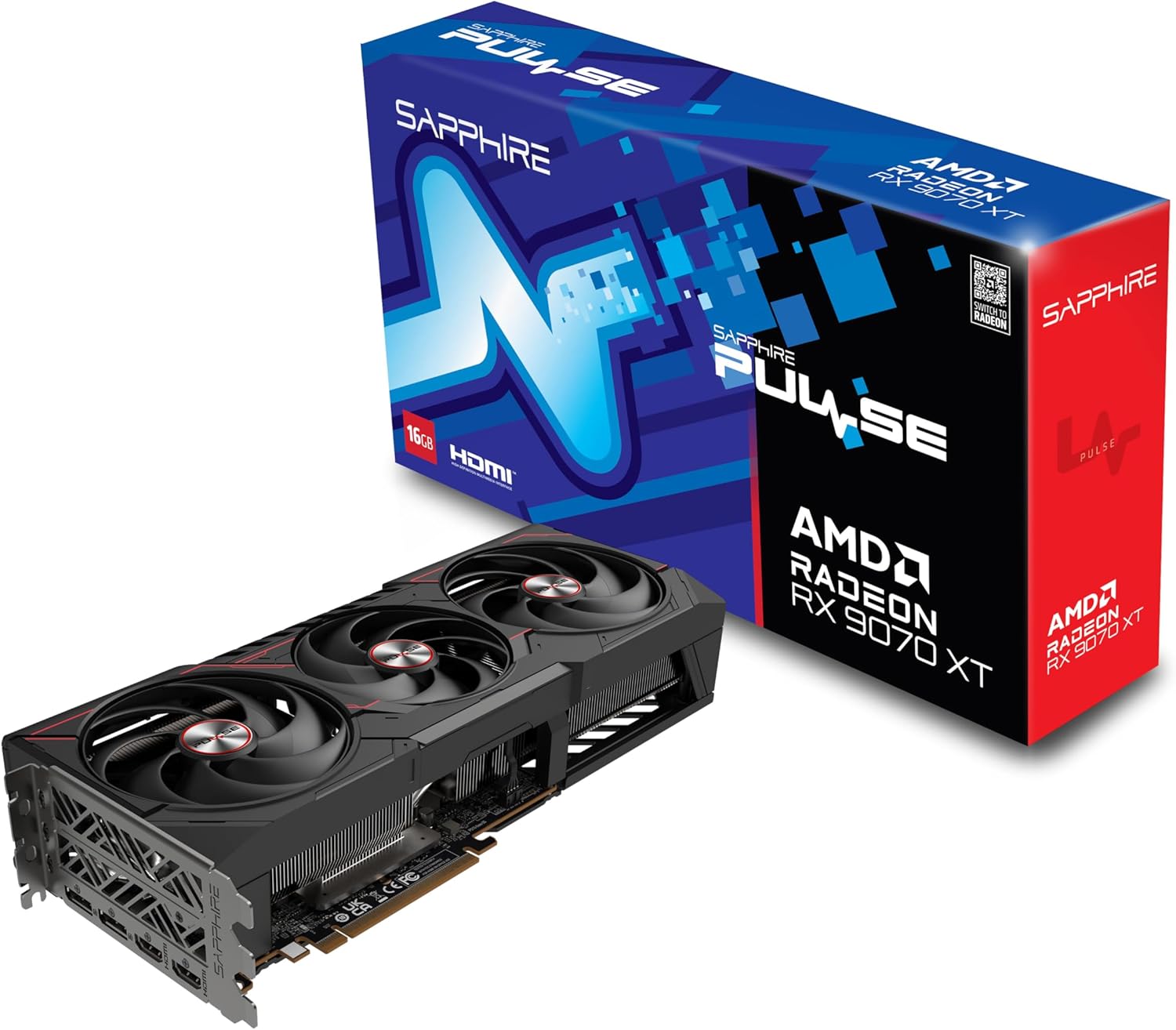FSR 4 “much closer in quality” to DLSS 4 as AMD closes the gap to Nvidia

Table of Contents
AMD seems to have finally figured out how to stand out in the GPU market, with its RX 9070 series GPUs showing remarkable raw performance against Nvidia’s RTX 50 series rivals at a lower price point. The green team isn’t the only one with shiny AI stickers on its new GPUs, as AMD has also improved its upscaling technology with the latest FSR 4, which, unlike previous iterations, will be the first to use a neural network, something Nvidia has been doing since the introduction of DLSS 2.0.
FSR 4 will be exclusive to RDNA 4 GPUs, and while we have yet to see it in full action, we did get a preview of its capabilities at CES 2025. The technology looked noticeably better than FSR 3.1 in terms of visual quality, image stability, and overall smooth upscaling results. However, the real comparison for the upcoming FSR 4 shouldn’t be with its predecessor but rather with Nvidia’s DLSS 4 technology. And spoiler alert: the results are close.
- GPU: Navi 48
- Core: 4096
- VRAM: 16GB GDDR6
- Memory Bus width: 256-bit
- Base/boost clock speed: 2400MHz/3060MHz
- Price: $599
AMD FSR 4 vs. DLSS 4
Previously, comparing AMD’s upscaling technology with Nvidia’s seemed pointless, as the difference was almost always in favor of the green team. However, with FSR 4, the situation has changed significantly. In fact, FSR 4 is much closer in quality to DLSS 4 SR with the transformer model than FSR 2, FSR 3, or even FSR 3.1 ever was. Even when compared to the “older” DLSS 3 with the CNN model, it holds up really well, with FSR 4 easily producing similar quality on average.

For instance, in Ratchet & Clank: Rift Apart, FSR 4 didn’t show any noticeable weaknesses against DLSS 4 and is quite close in terms of quality. Unless you look hard enough, most players probably won’t notice any difference. There are some cases where DLSS 4 has slight advantages, such as better image stability on a few objects and more detailed rendering. But there are also scenarios where FSR 4 has the edge, such as less ghosting and distant objects like confetti rain appearing slightly better.
There is still some time before FSR takes the crown
That said, while FSR 4 surpasses Nvidia’s DLSS 3 CNN model in many cases, it still falls short of matching the performance of the DLSS 4 Transformer. On top of that, AMD still lacks an equivalent to Nvidia’s Ray Reconstruction. In supported games, Nvidia’s AI-driven RT denoiser significantly enhances ray tracing visuals compared to standard denoisers. Since RDNA 4 aims to improve ray tracing over older Radeon GPUs, having a similar feature would be a big advantage.
Nonetheless, it is still impressive to see AMD come close to DLSS 4 on its RDNA 4 GPUs, which include the upcoming RX 9070 XT and 9070, which are set to go live today. So, if you’re planning to pick one up, make sure to keep an eye on our countdown clock, and don’t worry; these GPUs are not expected to have stock issues.

